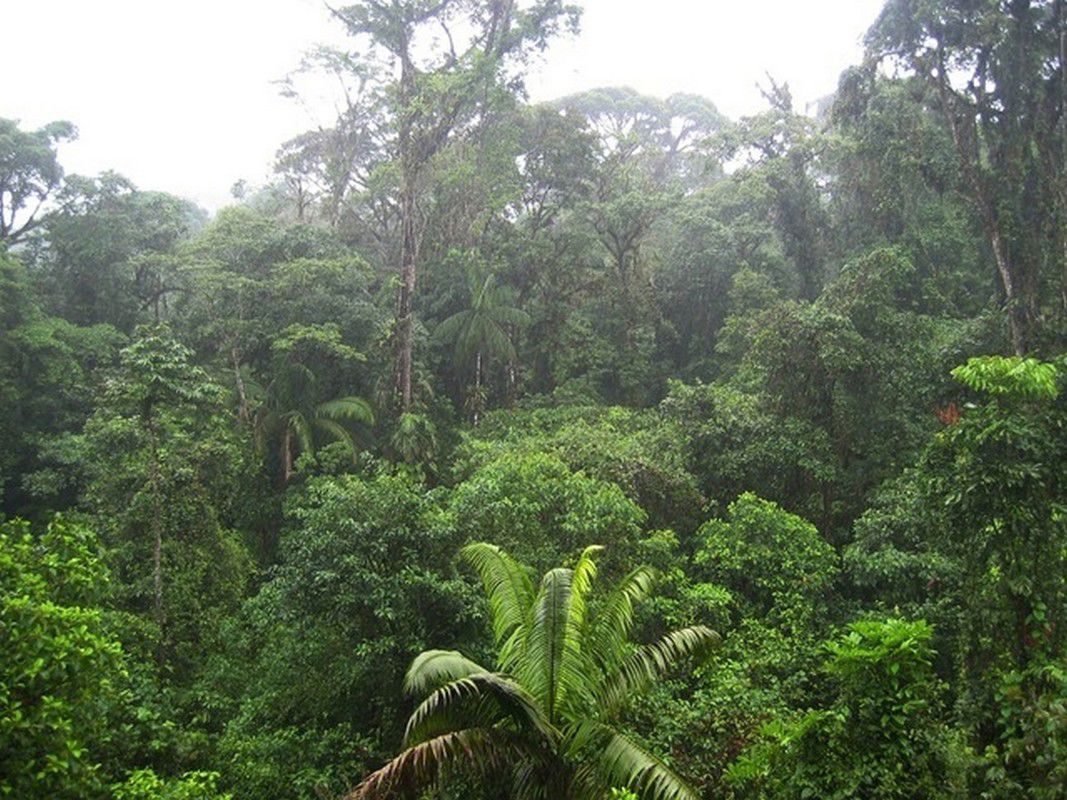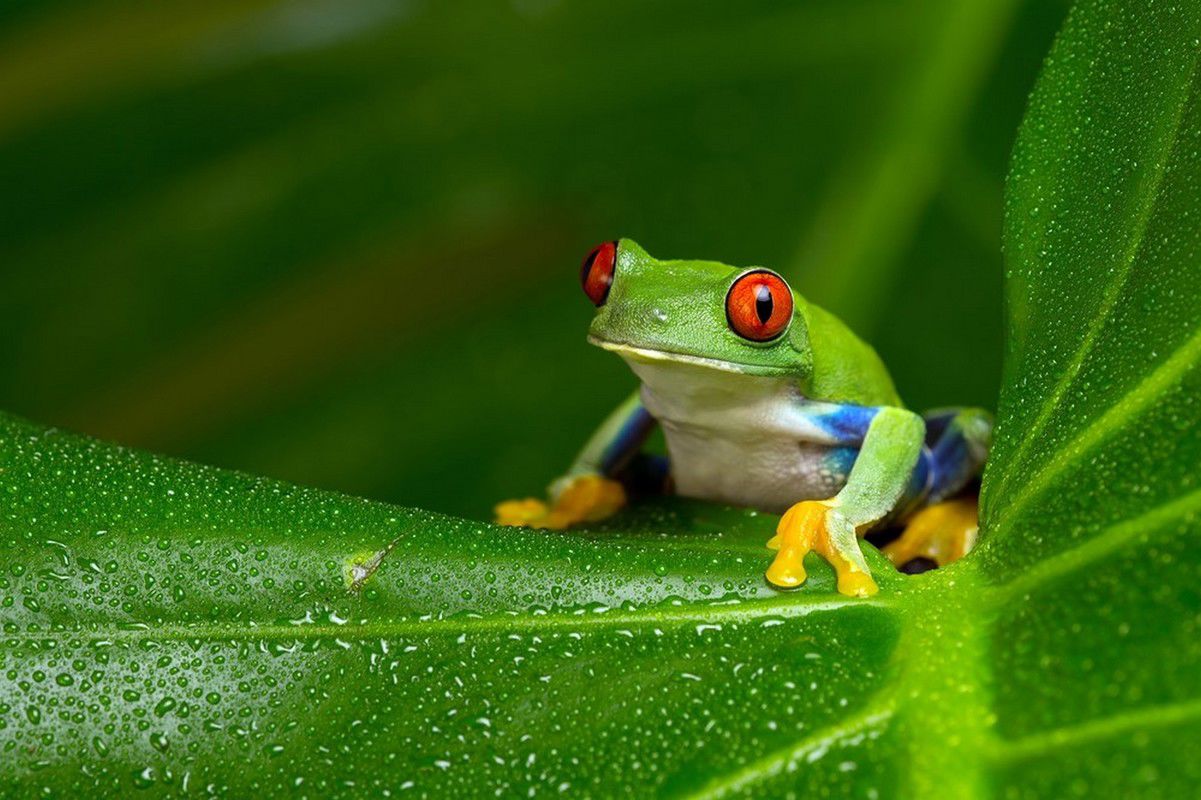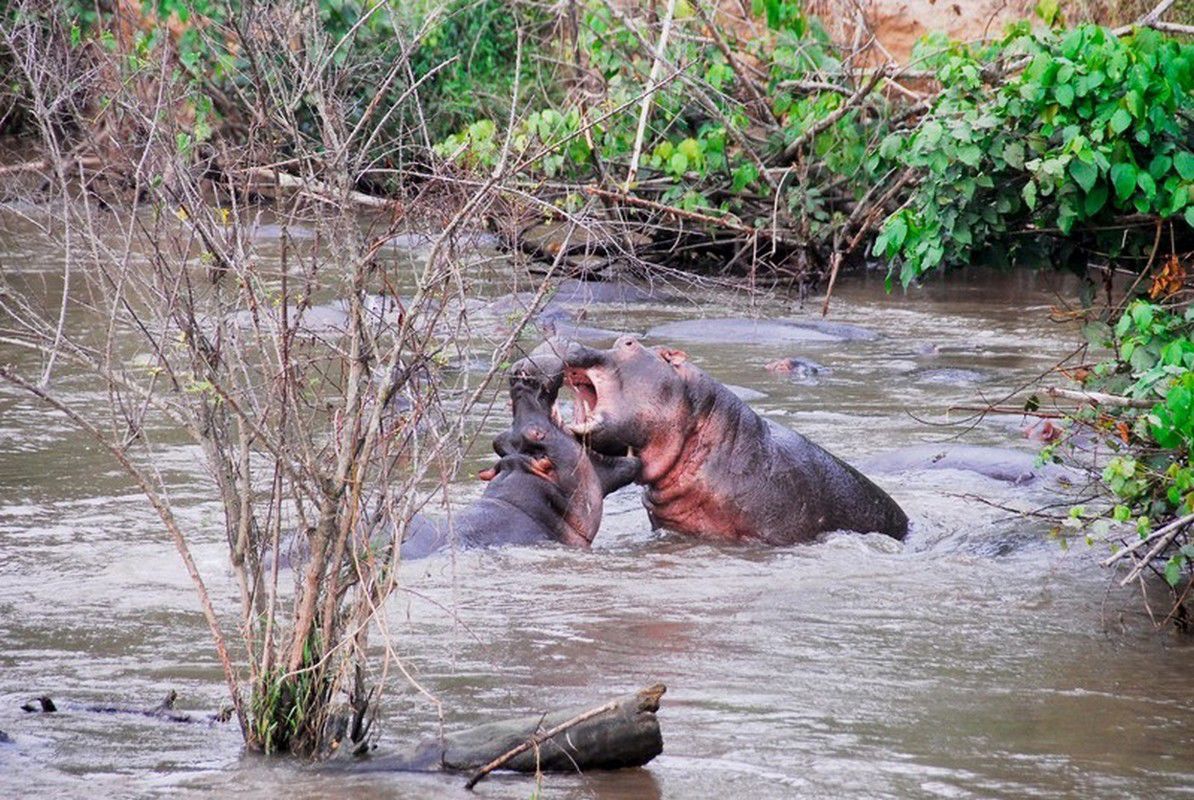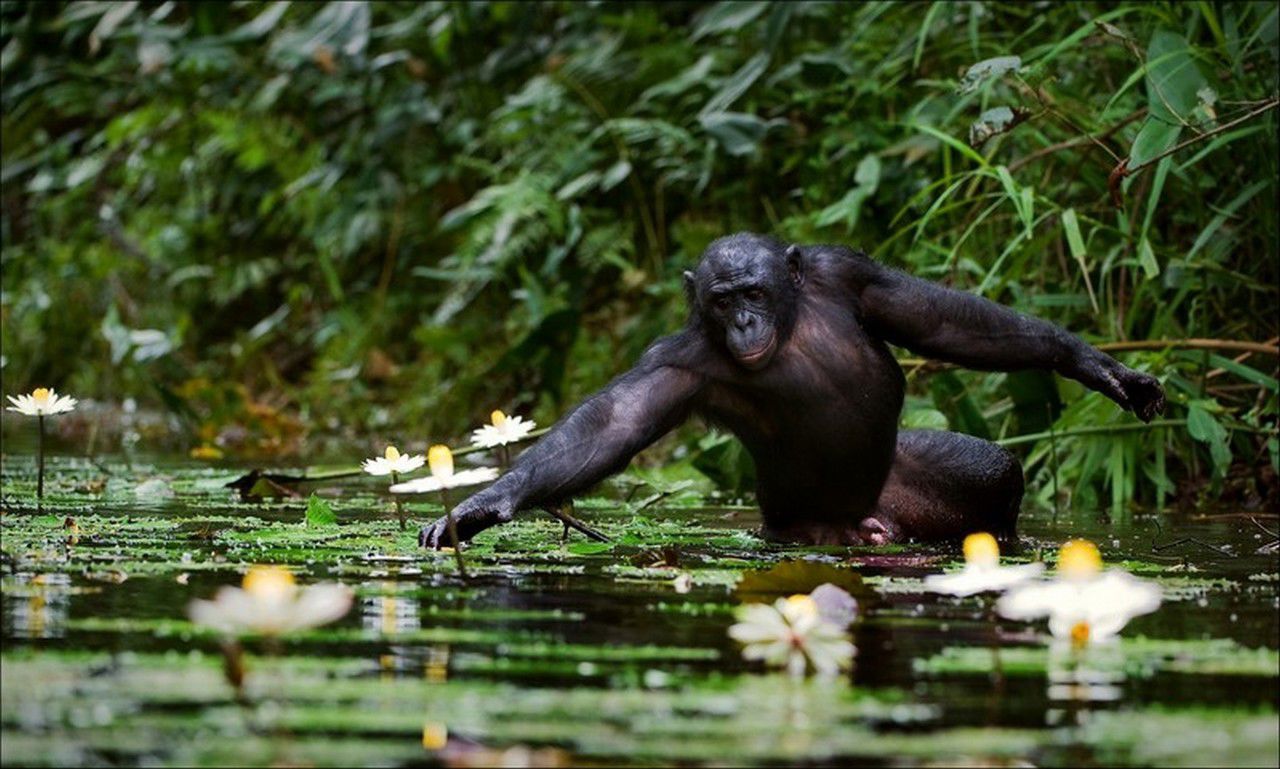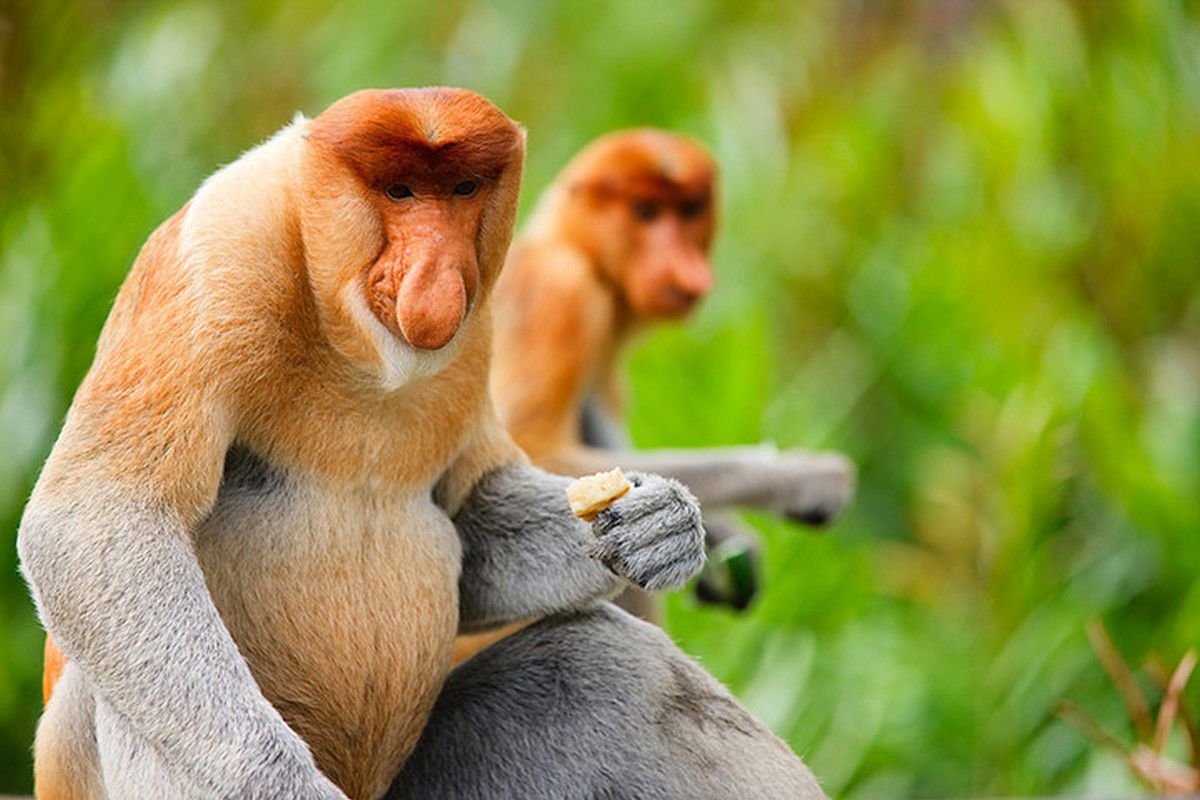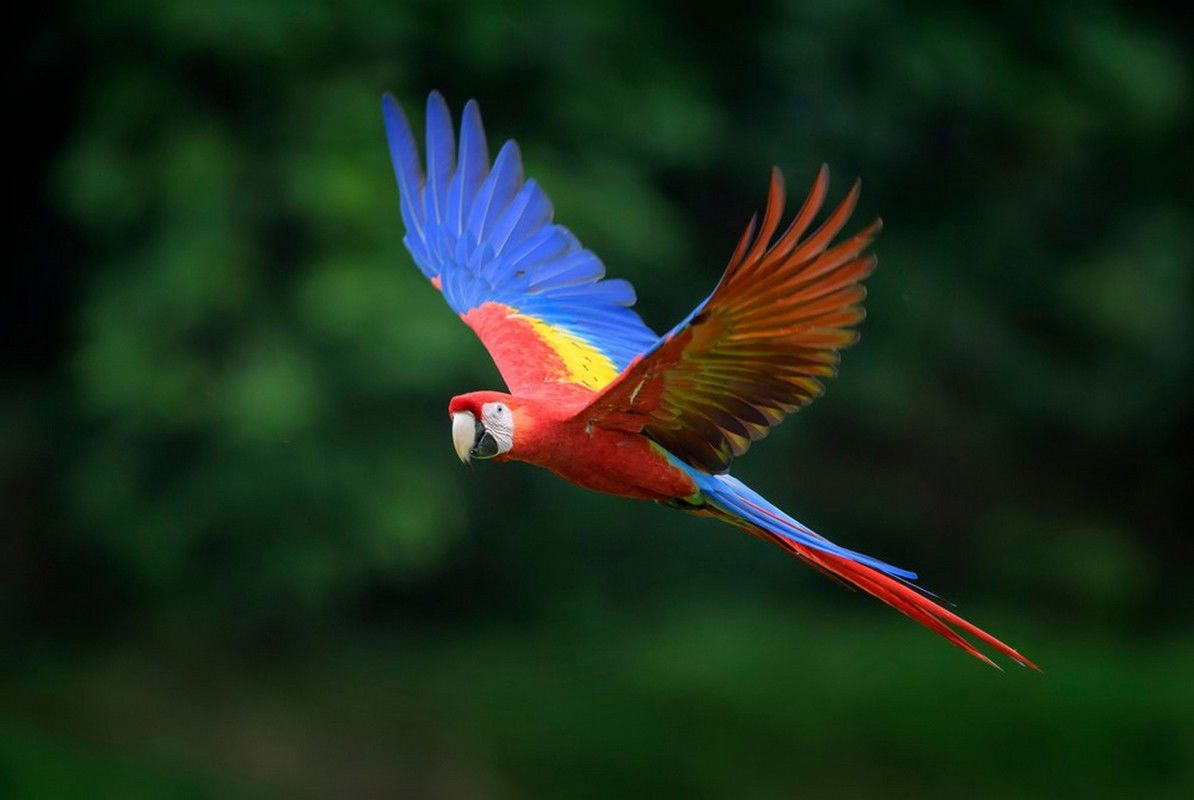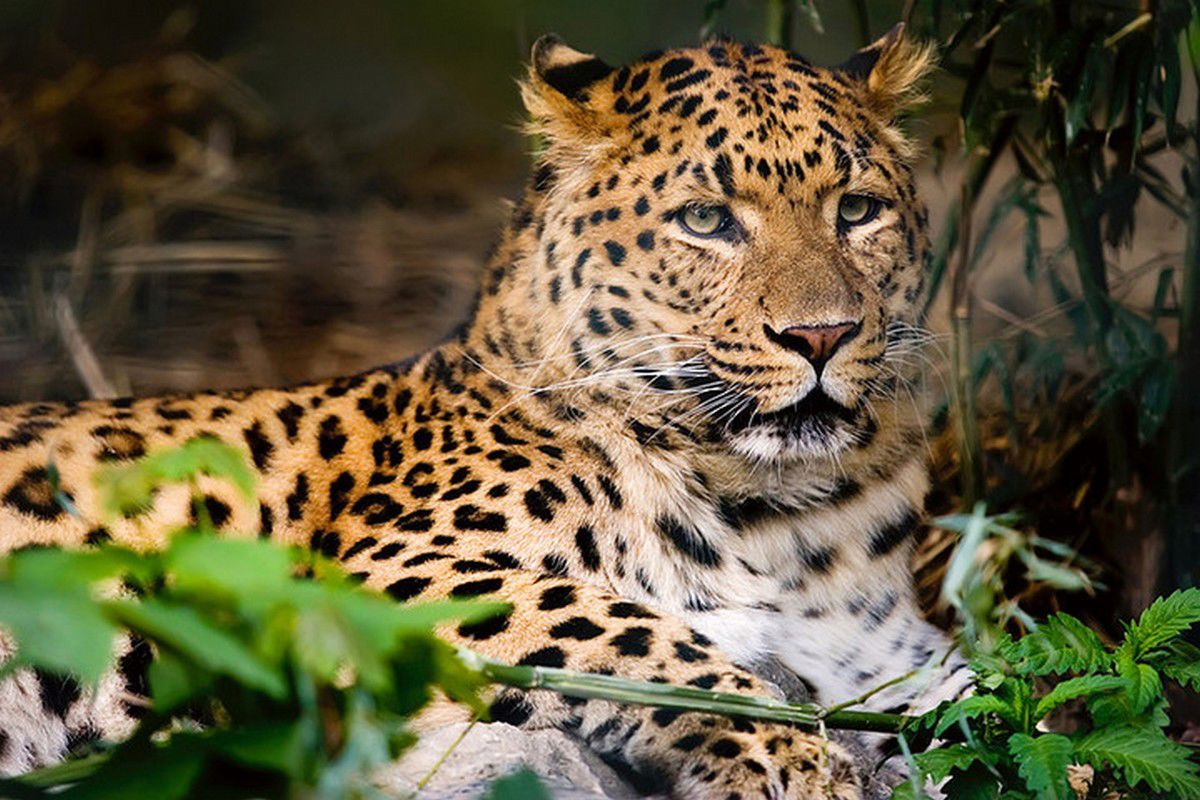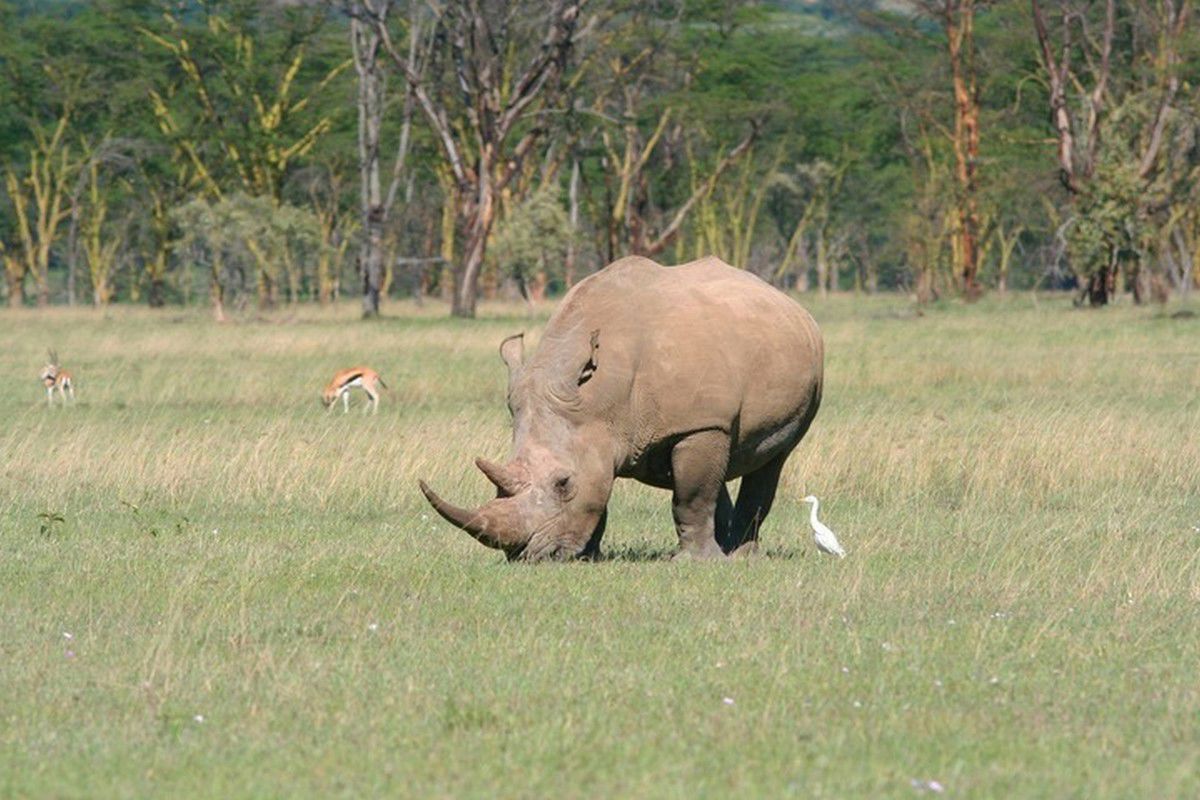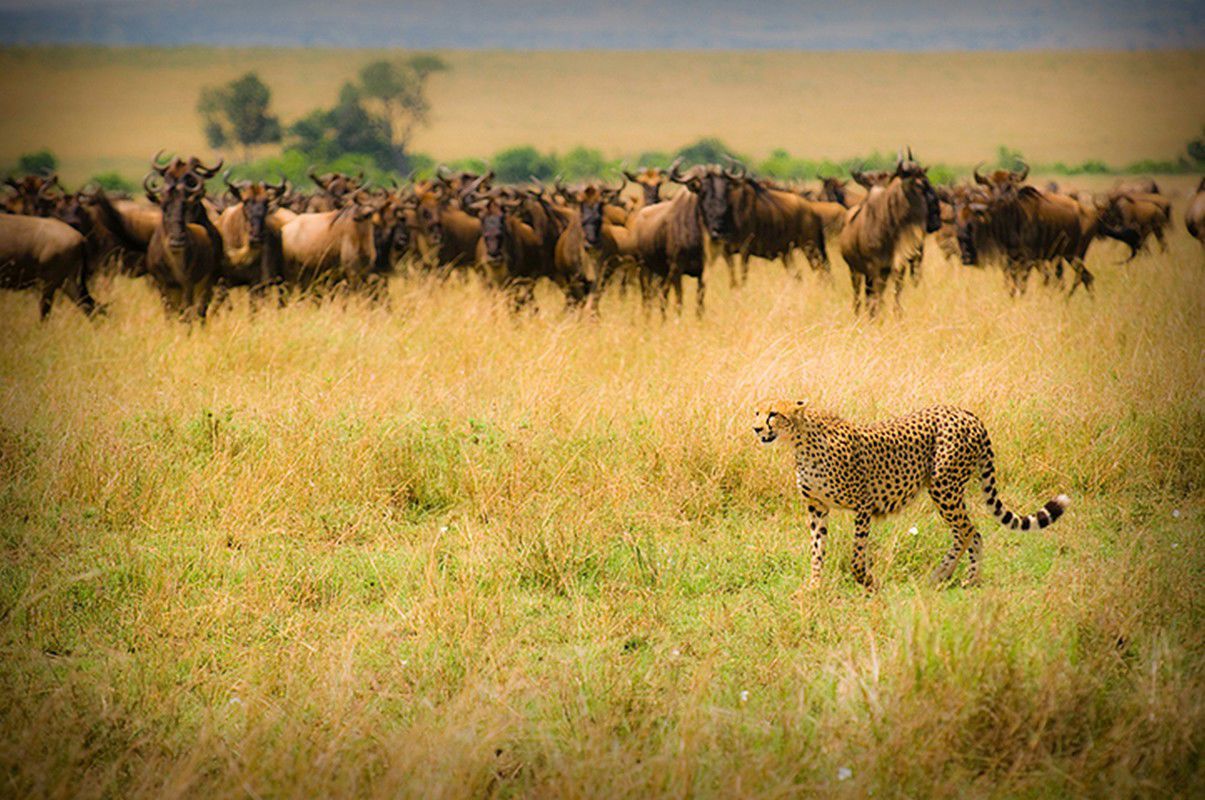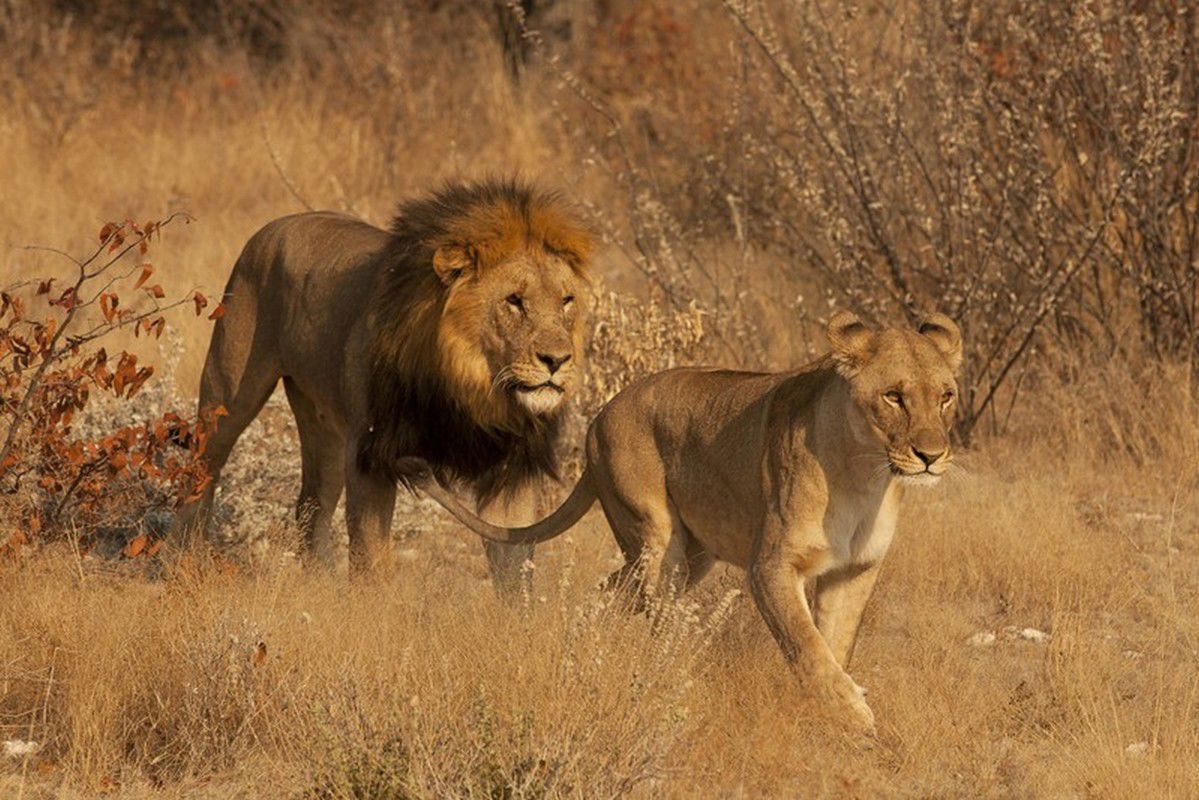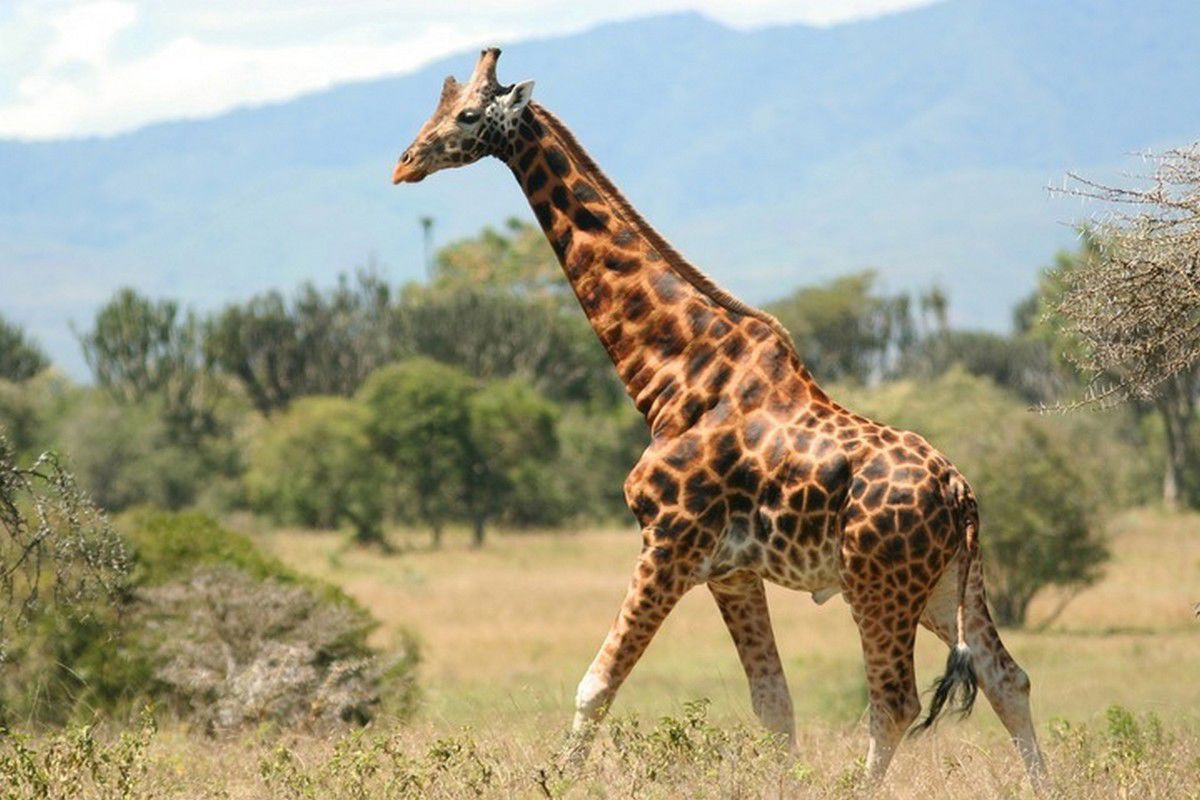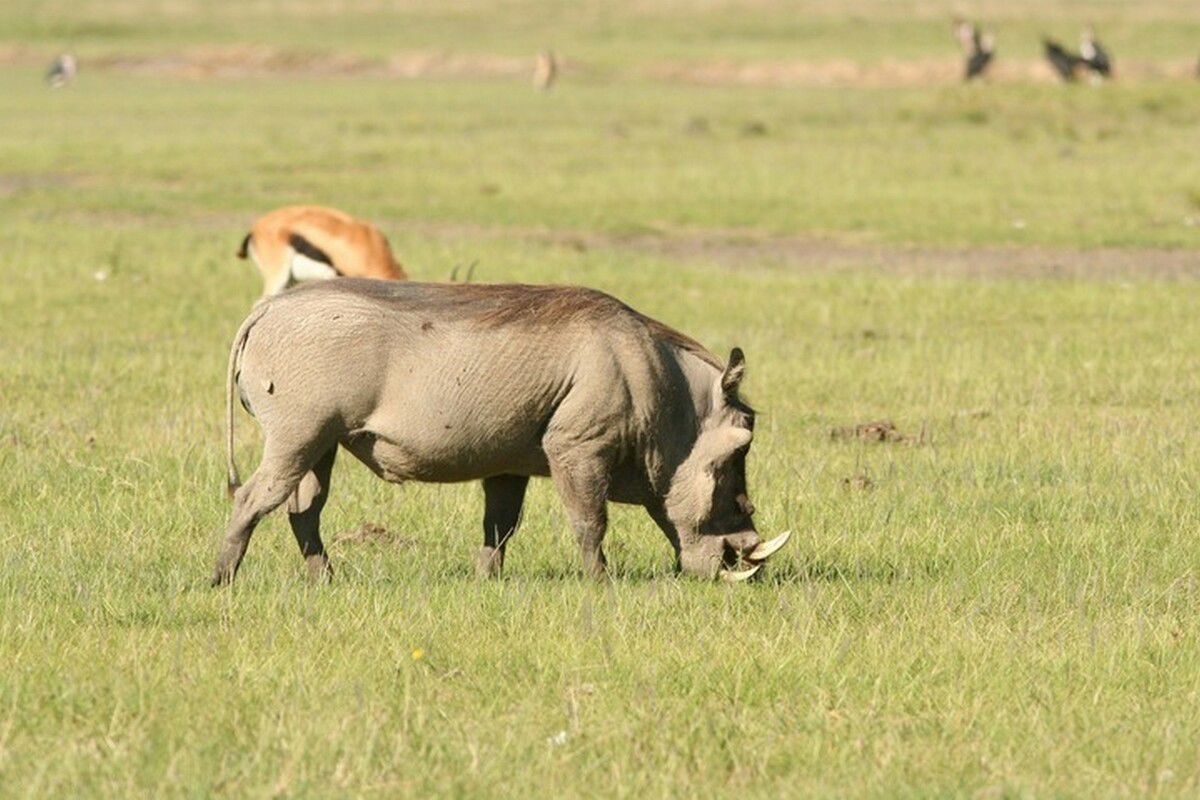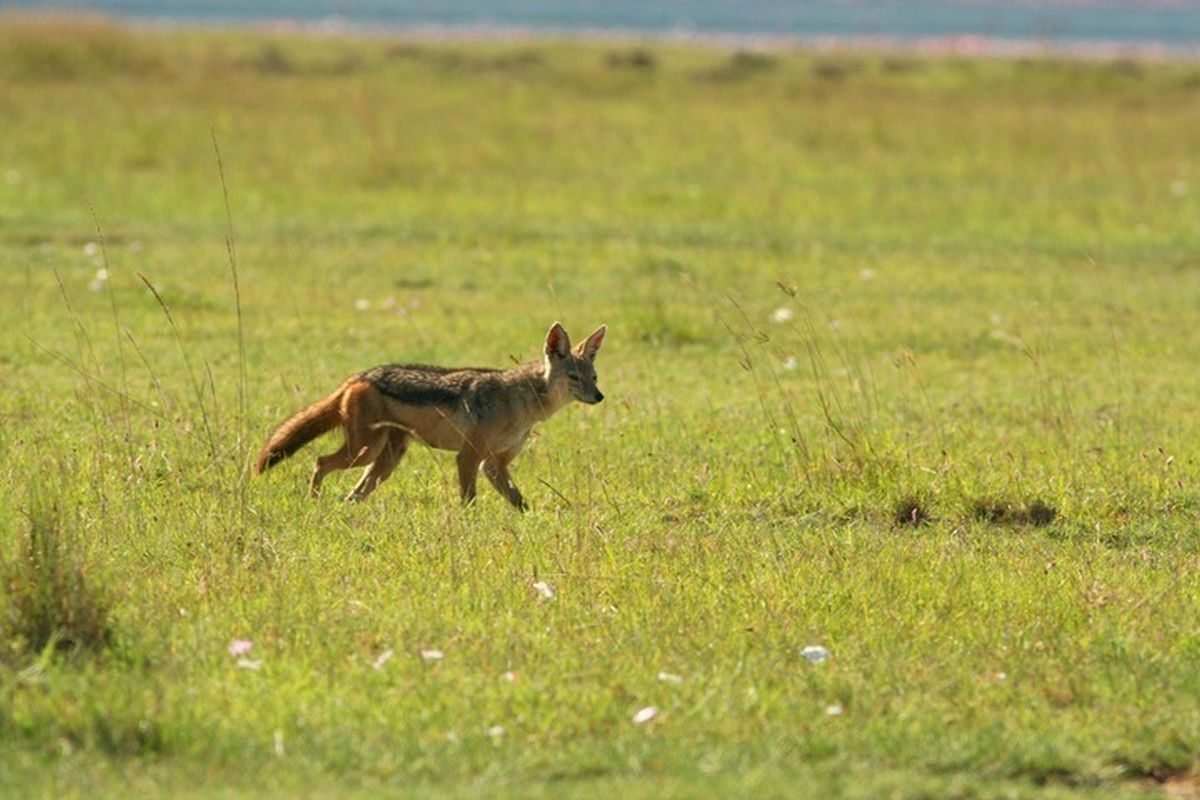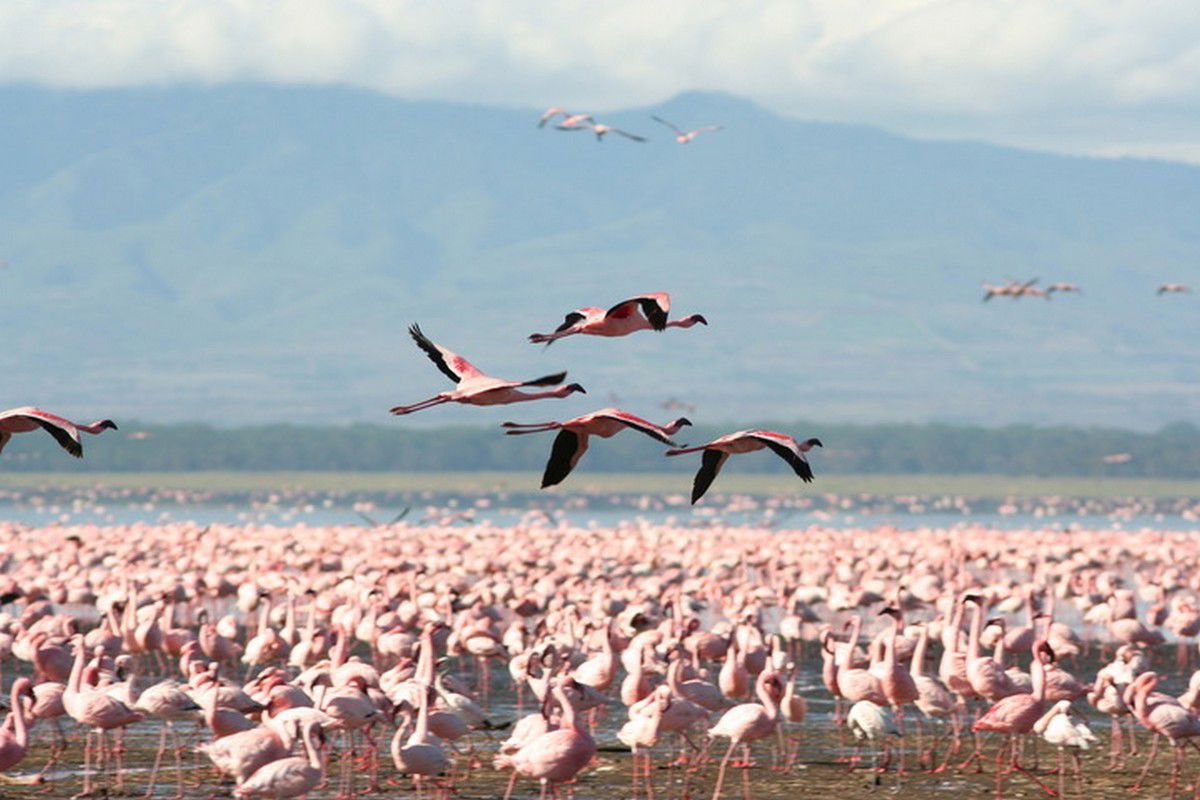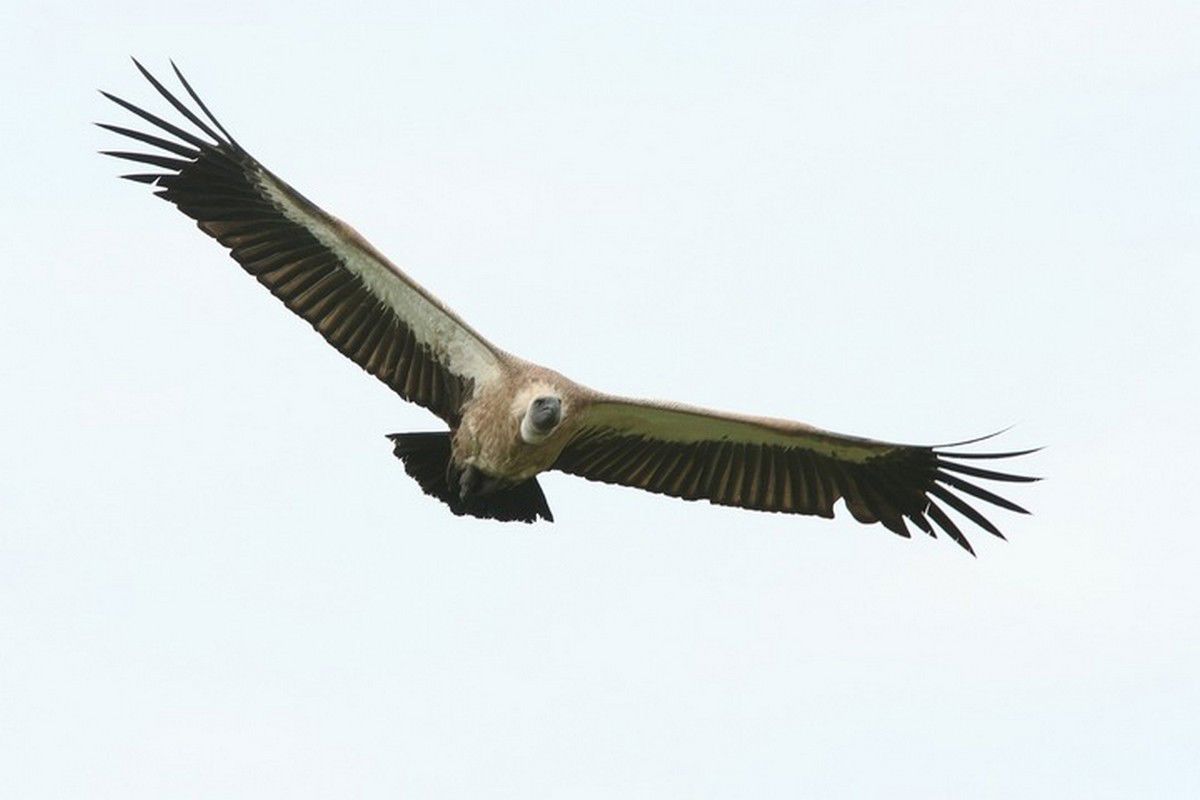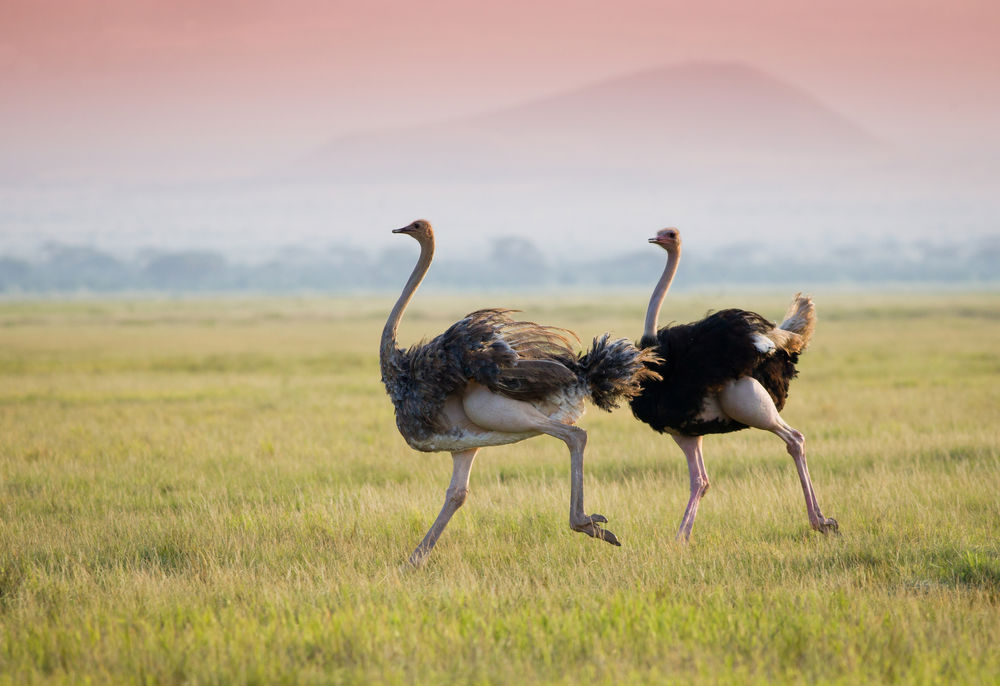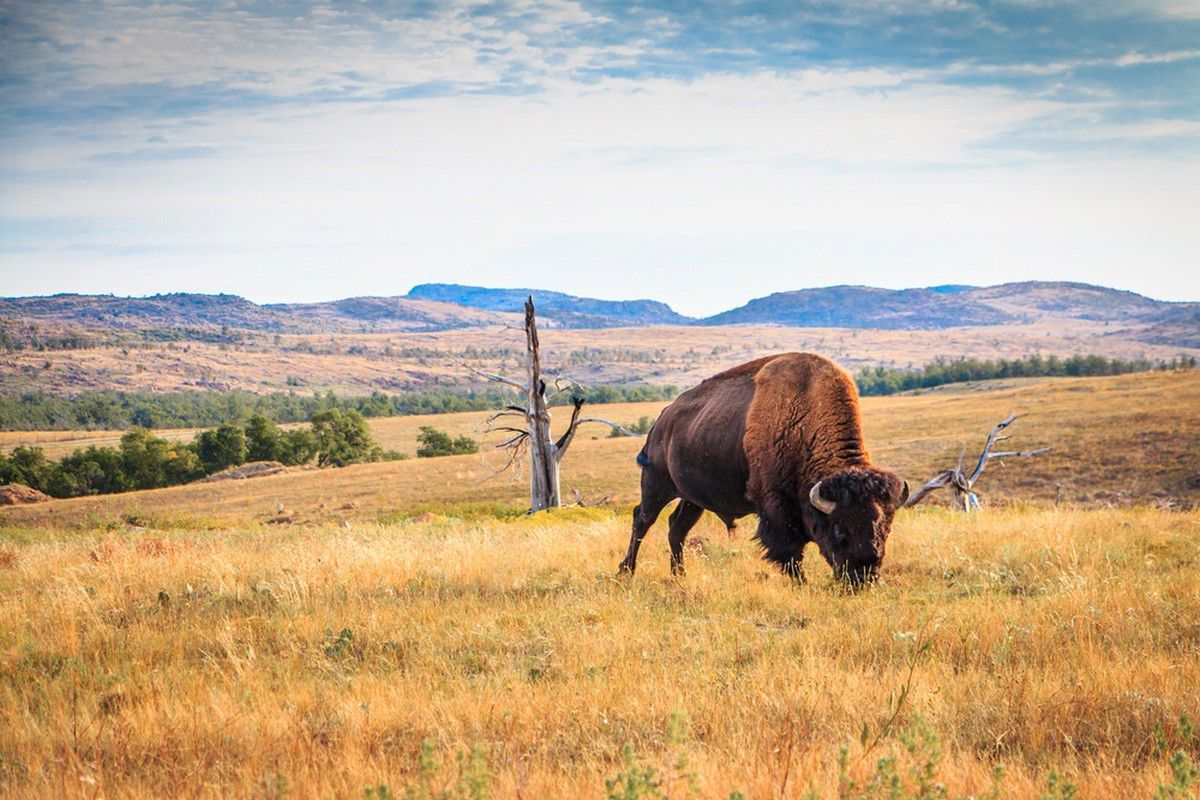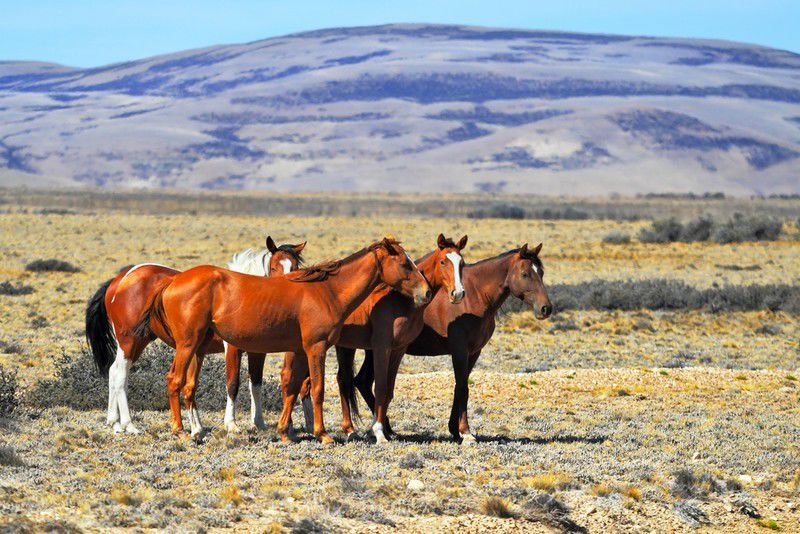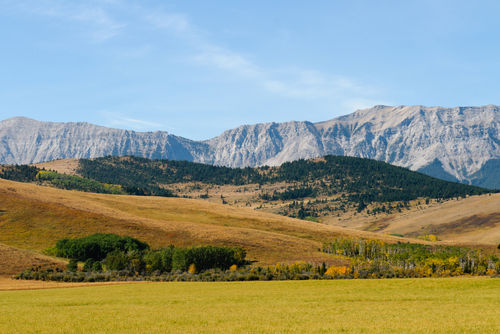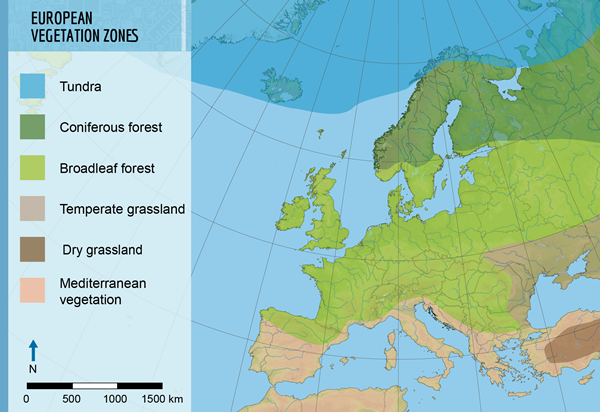Vegetation zones form biomes
Earth’s vegetation zones loosely follow the borders of the planet's geographic zones and climatic regions. The main factors that influence the vegetation of a region are temperature, precipitation and soil type. Precipitation or rainfall is influenced by the winds, mountain ranges and ocean currents that affect the region's climate.
The map below displays some of the most significant vegetation zones on Earth. Human activity has an influence on vegetation, as forests and natural habitats are cut down to make way for land for housing, industry and agricultural use. As a result, a map of the planet's vegetation zones actually shows the kinds of vegetation that would exist in a given region if it was free of human interference.
Earth’s vegetation zones form large ecosystems known as biomes. Biomes are characterised by a dominant vegetation type. For example, the savanna biome is characterised by large areas of grassland. However, savannas also contain river, forest and rock ecosystems. As a result, the savanna biomes of Africa are home not only to grassland-dwelling mammals such as elephants and antelopes, but also to river-dwelling hippopotamuses.
Rainforest
Tropical rainforests grow in regions near the equator. They are found in South America, Africa and Southeast Asia. These tropical rainforests experience an endless summer. The monthly average temperature varies only a little throughout the year, remaining mostly between 25–27 degrees Celsius.
Areas near the equator receive a lot of solar radiation. Tropical rainforests depend on this solar radiation, as it guarantees warm temperatures throughout the year. As the name of the vegetation zone suggests, tropical rainforests also experience a large amount of rainfall throughout the year.
The vegetation of a tropical rainforest rises in thick layers. The trees often grow tens of metres tall as they compete for sunlight. The plant life of the tropical rainforests is extraordinarily diverse. Over 50 percent of the world's known species of flora and fauna live in the tropical rainforests.
New, previously unknown species of organisms are found every year in tropical rainforests. Likewise, species that were unknown to science also become extinct every year.
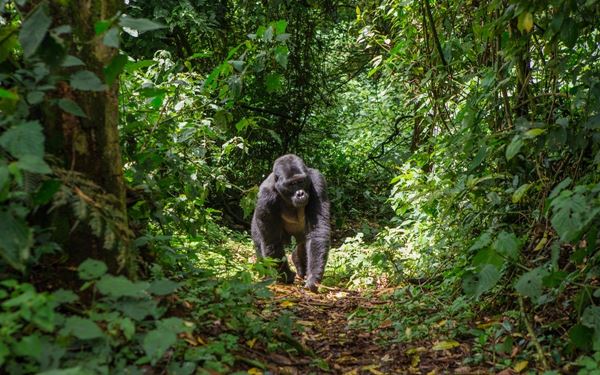
Photos from rainforests
Savanna
Savannas are found both in Africa and South America. However, the South American savannas lack the magnificent mammal species you know from nature documentaries. These species are only found in the African savannas.
Savannas are found in the tropical zone. They have formed in regions that experience both a rainy season and a dry season.
The vegetation of the savanna consists of grasses, shrubs and trees. The long dry season is difficult for the flora of the savanna. During this time, the grass dries out, and the trees and shrubs drop their foliage. The landscape becomes brown.
Finally, as the dry season gives way to the rainy season, large thunderstorms bring large amounts of rainfall to the savanna. During the rainy season, the landscape becomes green once again.
Photos of mammals and birds of the savanna
Desert
The best-known desert on Earth is probably the Sahara Desert in North Africa. Deserts are found in many different continents, and they cover almost 20 percent of the planet's land surface area.
Deserts receive only a little rainfall, but they are not completely waterless. Water can be found in deserts in the form of oases, which have formed near underground water concentrations.
Desert plants have developed different strategies for conserving and storing water. For example, species of cacti store water by using their stems, leaves and roots. It is also possible for plants to slow down the rate at which water evaporates from their stems with the help of specialised structures, such as hairy stems that gather moisture.
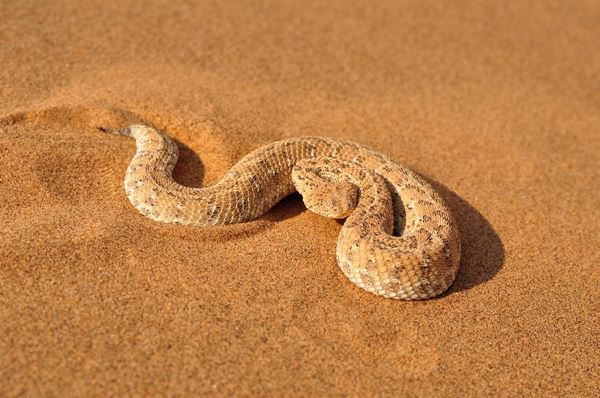
The living conditions of desert ecosystems are also difficult for animals. The most common desert-dwelling animals are reptiles and rodents. As the days are extremely hot, many desert animals only become active during the night. During sandstorms, the animals take shelter in caves and holes in the ground.
Mediterranean vegetation
As its name suggests, Mediterranean vegetation is mostly found in Mediterranean Europe. Similar vegetation is also found in some parts of the Americas, such as California and Chile, where the vegetation type is called chaparral.
In many areas, especially in Europe, the original Mediterranean vegetation has vanished as the result of human habitation and agriculture.
The vegetation zone is characterised by a long and hot summer that is balanced by a short, temperate winter. In areas where the original vegetation has been left intact, trees such as oaks, cypresses, pines and olive trees can be found. Citrus fruits and grapevines also produce good yields in the winter rainfall climate.
Plants have adapted to the climatic conditions by developing small, waxy leaves. This prevents moisture from evaporating from the plant into the surrounding air. Some plants also have hairy leaves or stems to protect the leaves, reduce evaporation and collect dew. If more water is available, for example in ravines and along river banks, the vegetation can become lush and forest-like. In drier areas, on the other hand, the vegetation is dense and scrubby. This thorny scrub is known by many different names, such as macchia in Italy and chaparral in Spain. Scrubs are more susceptible to forest fires than trees, so particular caution must be exercised when lighting fires. The most common cause of forest fires is the careless use of fire.
The loud chirping of cicadas is common in Mediterranean countries. The same areas are also home to a wide variety of lizards, insects and other creatures. Mediterranean vegetation also provides good living conditions for many bird species.

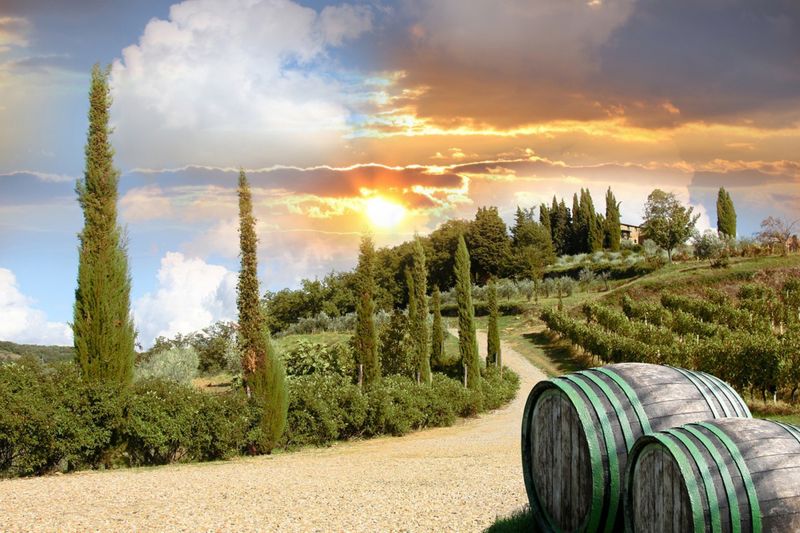
Broadleaf forest
Broadleaf forests were previously the most common vegetation type in Europe. Nowadays, only a small fraction of these forests remain. Broadleaf forests have been cut down by humans, because their nutrient-rich soil and climatic conditions are well suited for agriculture.
The broadleaf forest zone is suitable for agriculture because it receives the perfect amount of rainfall and solar radiation for crop growth. Many countries with productive agricultural sectors, such as France and Germany, are found in the broadleaf forest zone.
As their name suggests, broadleaf forests are characterised by the presence of broadleaf trees, such as oak, maple and beech.
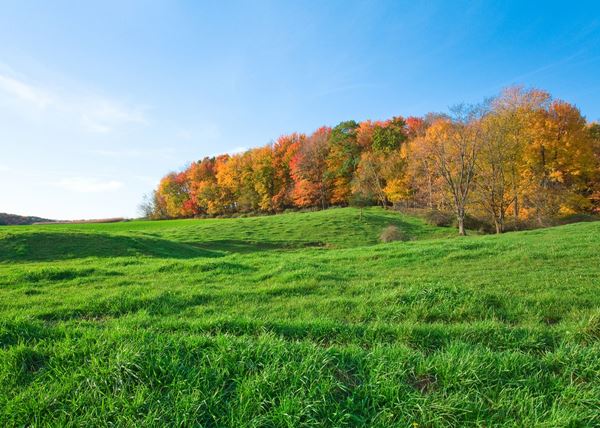
Broadleaf forests are full of animal life: they are home to squirrels, hedgehogs, mice, boars and deer. Many frog and reptile species also thrive in broadleaf forests.

Northern coniferous forest
The Northern coniferous forest zone circles the planet's northern hemisphere, covering most of Russia, Northern Europe, and North America. Approximately 15 percent of the planet's land surface area is covered by coniferous forest. Northern coniferous forest is also known as boreal forest or taiga.
The plants of the coniferous zone – coniferous trees, mosses, lichens, blueberries and lingonberries – form large populations in the forests of the northern hemisphere. They have adapted to cold and dark winters.
Spruce and pine are the two most common tree species of boreal forests. These coniferous trees dominate the landscape of the taiga, and provide resources for the large lumber and paper industries found in nations located in the coniferous forest zone.
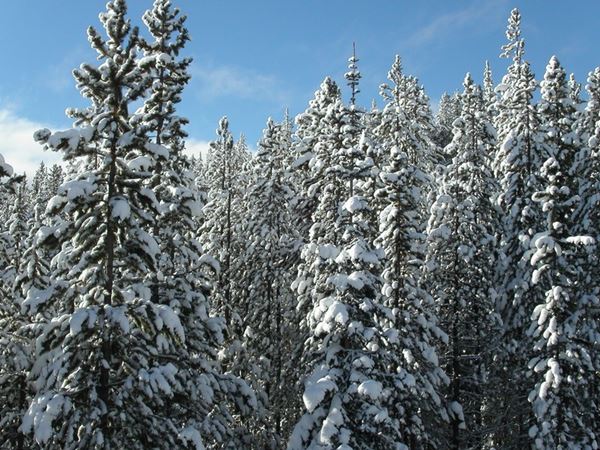
Northern coniferous forests receive large amounts of rainfall. However, as the temperatures remain quite low throughout the year, only a relatively small fraction of this water evaporates. This has resulted in the formation of lakes and bogs.

Tundra
The vegetation of the northern frigid zone must endure harsh climatic conditions. Only a few plant species are up to the task. In the northern frigid zone, the vegetation consists of low shrubs, grasses, mosses and lichens.
Tundras are almost completely free of trees. Tundra is found in the northernmost areas of Europe, such as Iceland, Norway and Russia.
During the summer, large insect populations lure migrating birds to tundra regions. Other animals of the tundra include small mammals, such as voles, as well as larger mammals, such as polar bears.

Temperate grassland
The soil type of the temperate grassland zone is rich in nutrients. Despite this, no trees grow in these areas. This is the case because there is not enough rainfall or moisture to maintain tree growth.
The vegetation of the temperate grassland consists of various kinds of different grasses and bulbous plants. These plants thrive in the dry conditions of the steppes.
Small rodents are the most common animals of the temperate grasslands. The large grasslands of North America, the prairies, are also home to larger mammals such as buffaloes.
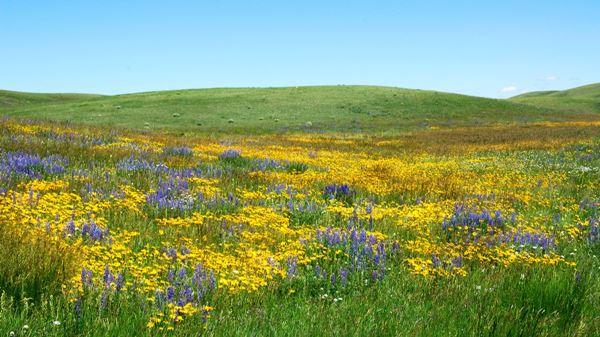
Photos from grasslands
Mountain vegetation
The mountain ranges of planet Earth are characterised by a special type of vegetation. When climbing a mountain, the air gradually becomes colder the higher the elevation becomes. This results in a large amount of variation in vegetation at different elevations.
In the temperate zone, the vegetation of mountain ranges consists of broadleaf and coniferous forests. Conifers such as spruce and pine thrive at higher elevations than broadleaf trees.
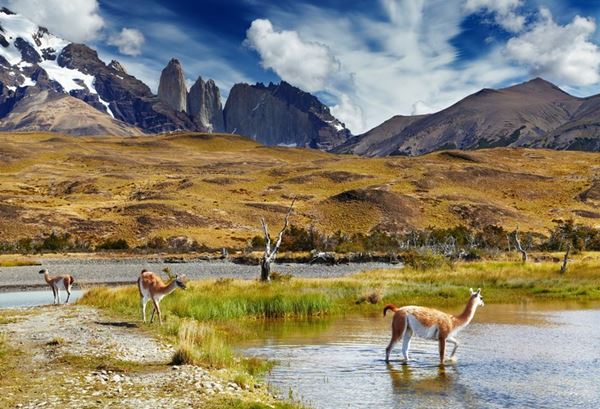
Mountain vegetation refers to the scarce vegetation type found at high-elevation areas. This kind of vegetation, which is similar to that found in northern tundras, can be found in tall mountain ranges such as the American Cordillera and the Alps of Central Europe.
In mountainous regions, the temperature variation between day and night is often drastic. The afternoons can be hot, whereas the nights can receive sub-zero temperatures. Different species of low shrubs and grasses have adapted to these conditions.
Summary
- The vegetation type of a region is determined by the region's temperature, precipitation and soil type.
- The vegetation zones of planet Earth include rainforest, savanna, desert, Mediterranean vegetation (chaparral), broadleaf forest, northern coniferous forest, tundra, temperate grassland (steppe) and mountain vegetation.
